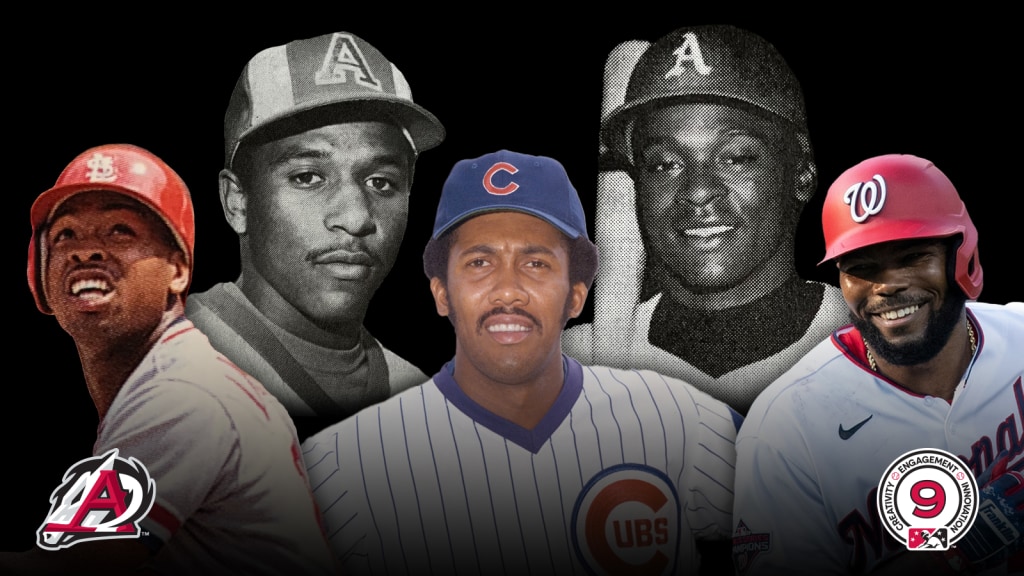
 In celebration of Black History Month throughout February, teams across Minor League Baseball are taking a look back at five of the best Black players to suit up for their club.
In celebration of Black History Month throughout February, teams across Minor League Baseball are taking a look back at five of the best Black players to suit up for their club.
Narrowing the list of standout Black players who have been part of Travs history was not easy and left out many worthy candidates including Garry Templeton, Lance Johnson and Bernard Gilkey just to name a few.
This list is presented in alphabetical order and includes representatives from nearly every recent era of the franchise’s history. Let’s take a look at five of the best Black baseball players to play for the Arkansas Travelers.
Dick Allen, OF/3B/1B
Travelers 1963
Philadelphia Phillies 1963-69, 1975-76; St. Louis Cardinals 1970; Los Angeles Dodgers 1971; Chicago White Sox 1972-74; Oakland A’s 1977
Nearly elected to the Baseball Hall of Fame again this past winter, Dick Allen was the first Black player in Travelers history. Known as Richie Allen during his season in Arkansas, Allen played for the Travs during their time as the Phillies’ Triple-A club. He played 145 games as a 21 year old and hit 33 home runs, still the franchise record for a right-handed batter. At the end of the ‘63 season, he made his Major League debut and went on to become one of the most underrated star sluggers of his era.
Allen won the National League Rookie of the Year Award in 1964 and finished seventh in the MVP voting while launching 29 homers for a Phillies team that finished just a game back of the NL pennant. The next season marked the first of his seven All-Star selections in his 15 big league seasons with at least three of those coming in each league. Allen was on the move in the early 70’s being traded in three consecutive offseasons. He had his best season at the end of that stretch in 1972 when he won the American League MVP award with the White Sox while topping the AL in home runs (37), RBIs (113), walks (99), on-base percentage (.420) and slugging percentage (.603). He led his league in homers, on-base and slugging multiple times during his career.
Howie Kendrick, 2B/OF
Travelers 2005
Los Angeles Angels 2006-14; Los Angeles Dodgers 2015-16; Philadelphia Phillies 2017; Washington Nationals 2017-2020
As a 10th round pick in 2002 by the Angels out of community college, Kendrick showed a quick aptitude to hit professional pitching. A career .358 hitter in the minors, he earned a promotion to Double-A and the 2005 Travs for the final two months of the season and Texas League playoffs. While with Arkansas, Kendrick slashed .342/.382/.579 in 42 games and was part of a lineup that featured future big leaguers like Mike Napoli, Kendrys Morales, and Erick Aybar.
Kendrick was a consistent line drive hitter over a 15-year big league career posting a career batting average of .294. He played second base regularly for the Angels through 2014 and was named an All-Star in 2011. After nine seasons in Anaheim, he jumped to the National League and transitioned to a utility/bench bat role where he was feared for his late game plate appearances. Kendrick became a regular in October, making the playoffs in eight different seasons culminating in the 2019 Washington Nationals run where he was named MVP of the NLCS and won a World Series ring.
Fergie Jenkins, RHP
Travelers 1963-65
Philadelphia Phillies 1965-66; Chicago Cubs 1966-73, 82-83; Texas Rangers 1974-75, 1978-81; Boston Red Sox 1976-77
A 6’5” right-hander from Chatham, Ontario, Canada, Jenkins began his pro career as a member of the Phillies organization and was a Trav at the Triple-A level for the Phillies. He first reached Arkansas as a 20-year old in 1963 and spent time as a Traveler each of the next two seasons totaling 189 innings in 47 appearances before making his big league debut in 1965. Jenkins’ career took off after being traded from Philadelphia to the Cubs in April of 1966 and moving to the starting rotation full-time a year later.
Jenkins became the leader and workhorse of the Cubs rotation in 1967. Four times he led his league in complete games, three times in games started, twice in wins, once in strikeouts and once in innings pitched. A three-time All-Star selection, he won the 1971 National League Cy Young Award accumulating 24 wins with a 2.77 ERA and 30 complete games over 325 innings. He finished in the top 3 of his league’s Cy Young voting on four other occasions (1967, ’70, ’72, ’74) and was the first pitcher to end his career with at least 3,000 strikeouts and fewer than 1,000 walks. Jenkins was enshrined in Cooperstown in 1991.
Ray Lankford, OF
Travelers 1989
St. Louis Cardinals 1990-2001, 2004; San Diego Padres 2001-02
One of the smoothest players to ever don a Travs uniform, Ray Lankford was the Cardinals 3rd round pick in 1987 out of Modesto Junior College. He made the jump from Low-A to Double-A at age 22 and hit .317/.396/.488 with 28 doubles, 12 triples, 11 homers and 98 runs batted in while stealing 38 bases. That 1989 team also featured future St. Louis regulars Bernard Gilkey and Geronimo Pena and went on to win the Texas League Championship.
Lankford made his big league debut late in 1990 and would be the Cards’ primary centerfielder for the next decade. Over a 14-year career, his combination of power and speed produced 356 doubles, 238 home runs, 258 stolen bases and an NL best 15 triples in his first full season. He finished 3rd in the Rookie of the Year voting in that 1991 season and earned his lone All-Star nod in 1997. Lankford produced a career Wins Above Replacement of 38.2.
Terry Pendleton, 3B
Travelers 1983
St. Louis Cardinals 1984-1990; Atlanta Braves 1991-94, 1996; Florida Marlins 1995-96; Cincinnati Reds 1997; Kansas City Royals 1998
Drafted as a middle infielder by St. Louis in the 7th round in 1982 out of Fresno State, Terry Pendleton played 48 games (all at second base) for the Travs in 1983 at the age of 22. He hit .276 with 17 extra base hits and was named a league mid-season All-Star. His defensive shift to 3rd base began early in the 1984 season at the Triple-A level before he was promoted to the big leagues later that year.
Pendleton played the first seven of his 15 years in the Majors with St. Louis before signing a free agent deal with the Braves. His first season in Atlanta saw him win the 1991 NL Most Valuable Player Award and then he followed that with an MVP runner-up, leading the league in hits both years. He won three Gold Glove awards at third base in 1987, ’89 and ’92 and was an All-Star in 1992. Pendleton played on five different teams that reached the World Series yet his team never won a championship.

 In celebration of Black History Month, throughout February, teams across Minor League Baseball are taking a look back at five of the best Black players to suit up for their club.
In celebration of Black History Month, throughout February, teams across Minor League Baseball are taking a look back at five of the best Black players to suit up for their club.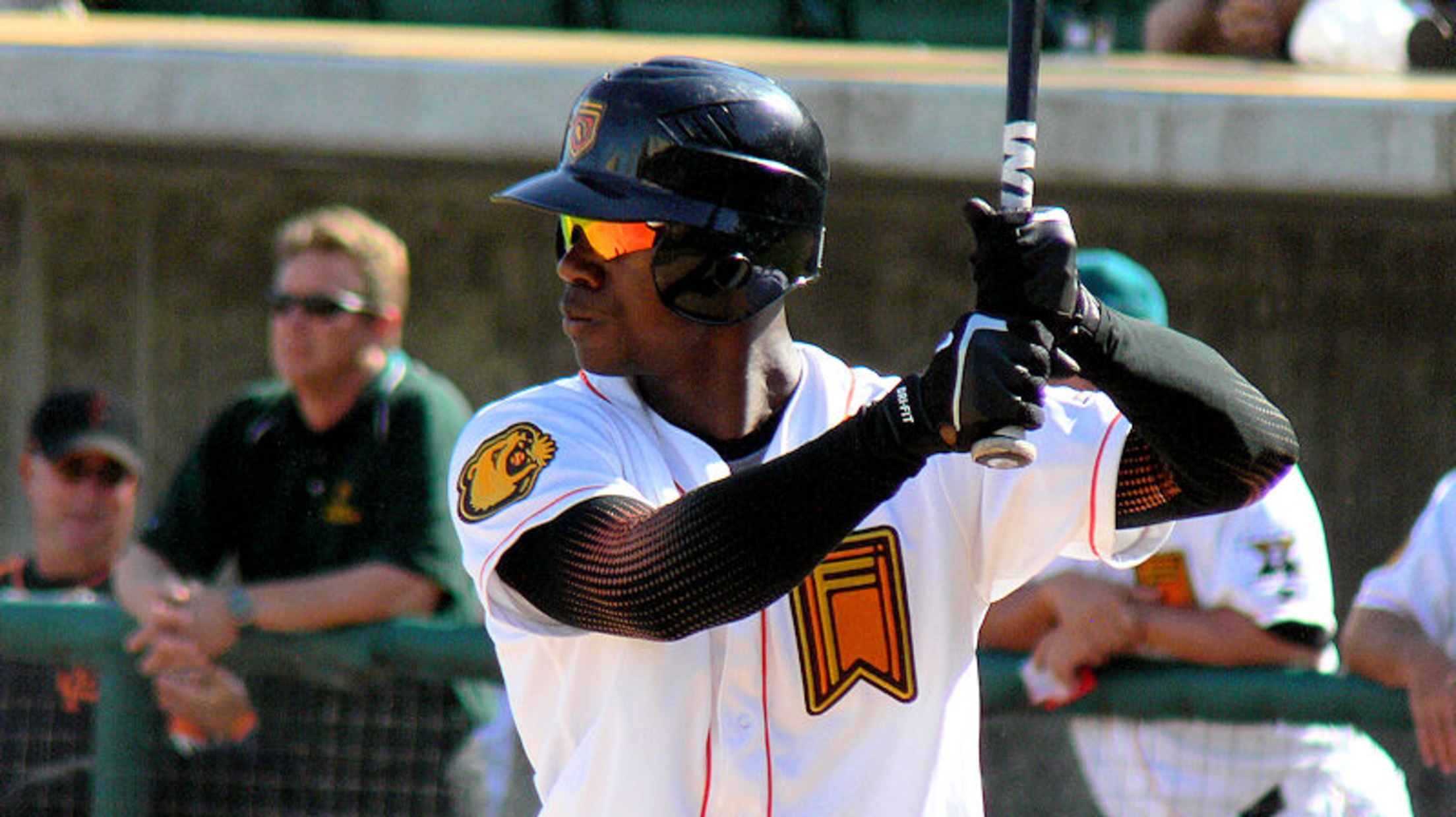




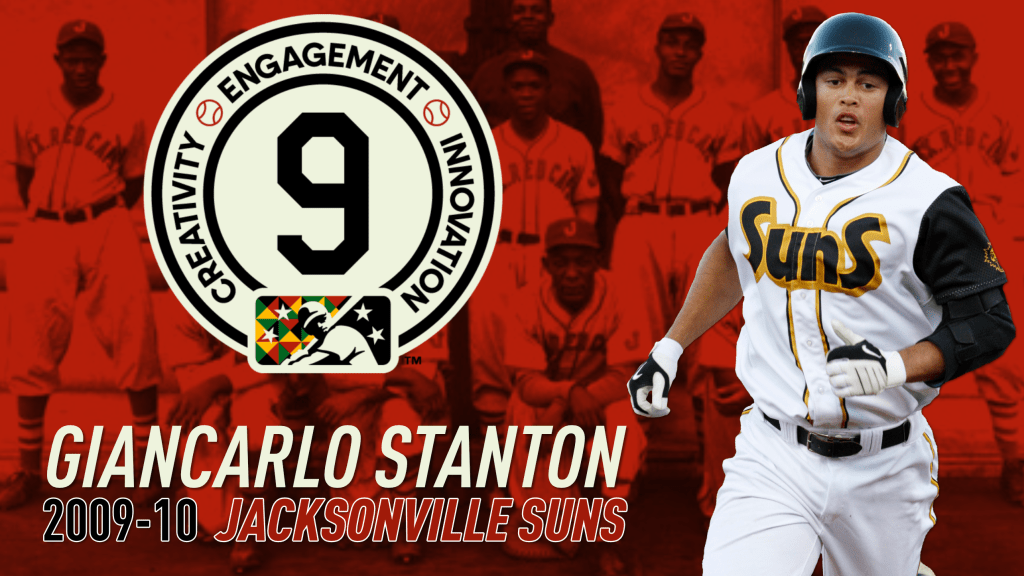
 In celebration of Black History Month, throughout February, teams across Minor League Baseball are taking a look back at five of the best Black players to suit up for their club. On February 1, the Jumbo Shrimp unveiled five of the best Black players to ever suit up for Jacksonville (Henry Aaron, Willie Wilson, Giancarlo Stanton, Frank White, Buck O’Neil), plus a legendary Negro leagues star with ties to the city (John Henry “Pop” Lloyd).
In celebration of Black History Month, throughout February, teams across Minor League Baseball are taking a look back at five of the best Black players to suit up for their club. On February 1, the Jumbo Shrimp unveiled five of the best Black players to ever suit up for Jacksonville (Henry Aaron, Willie Wilson, Giancarlo Stanton, Frank White, Buck O’Neil), plus a legendary Negro leagues star with ties to the city (John Henry “Pop” Lloyd).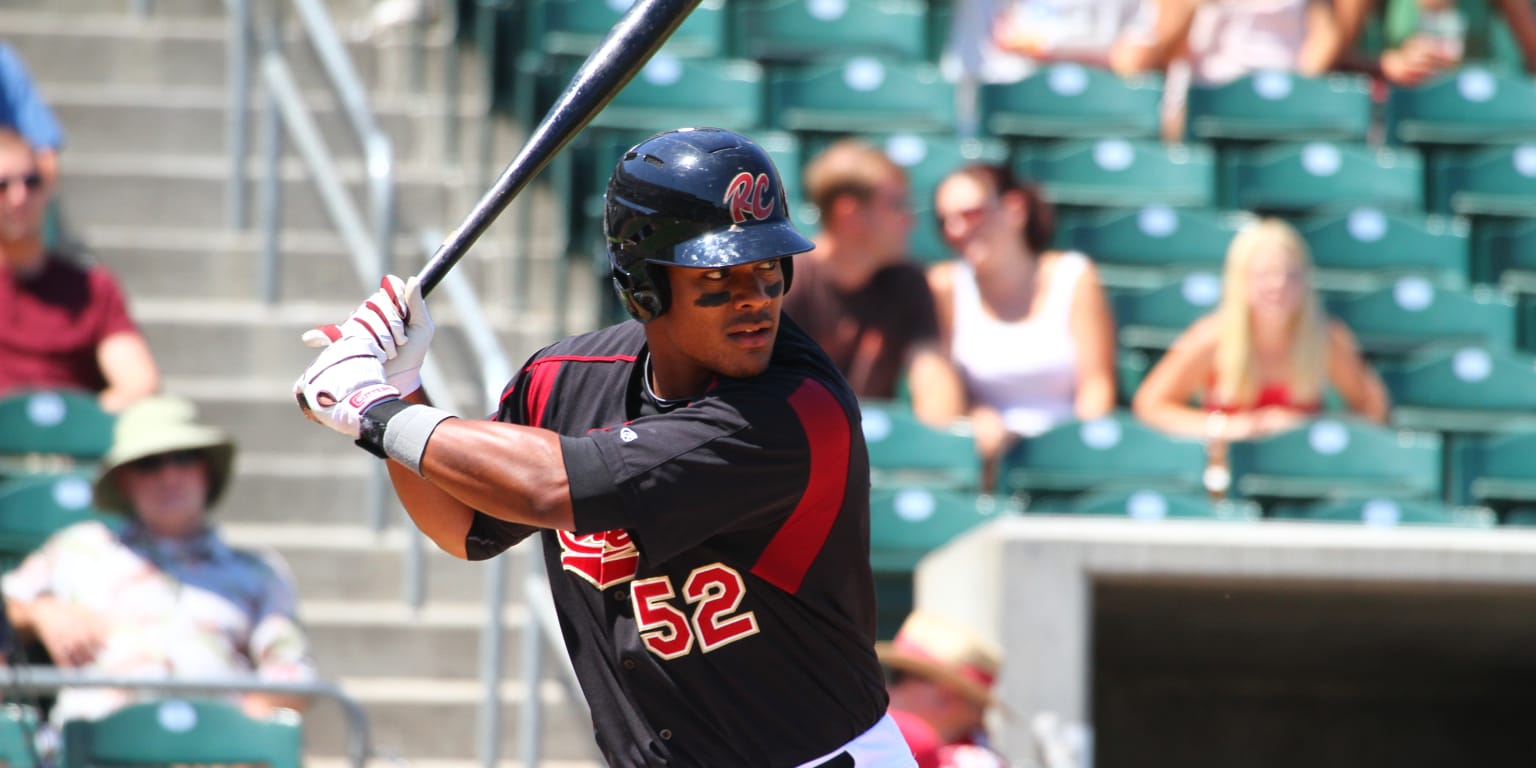
 In celebration of Black History Month, throughout February, teams across Minor League Baseball are taking a look back at five of the best Black players to suit up for their club.
In celebration of Black History Month, throughout February, teams across Minor League Baseball are taking a look back at five of the best Black players to suit up for their club.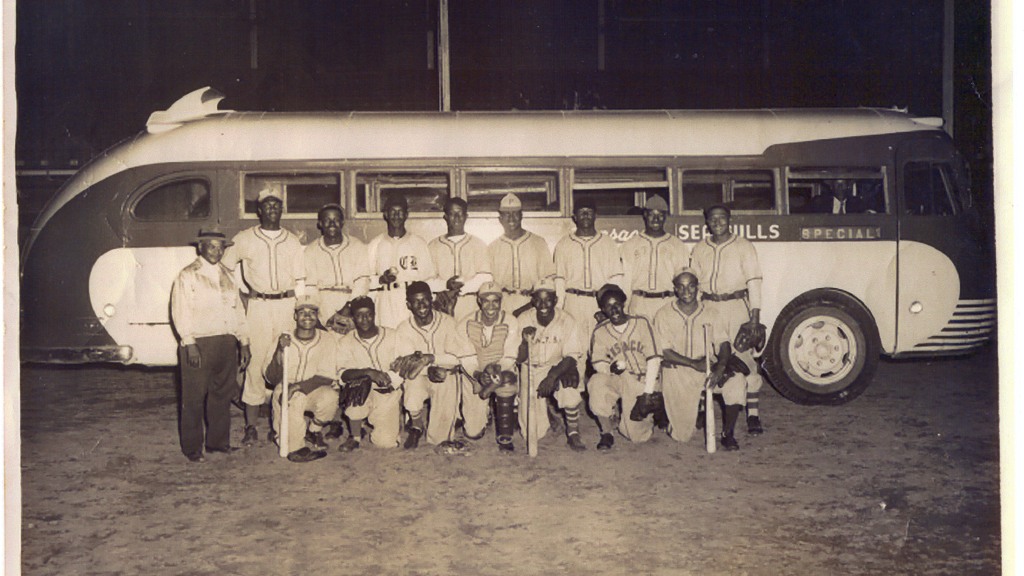
 More than 100 years ago, Pensacola was ahead of its time with opportunities in baseball.
More than 100 years ago, Pensacola was ahead of its time with opportunities in baseball.

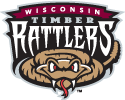 The Wisconsin Timber Rattlers continue Minor League Baseball’s celebration of Black History Month with Tom Gordon’s seventeen starts as an Appleton Fox and his quick rise to the Major Leagues in 1988.
The Wisconsin Timber Rattlers continue Minor League Baseball’s celebration of Black History Month with Tom Gordon’s seventeen starts as an Appleton Fox and his quick rise to the Major Leagues in 1988.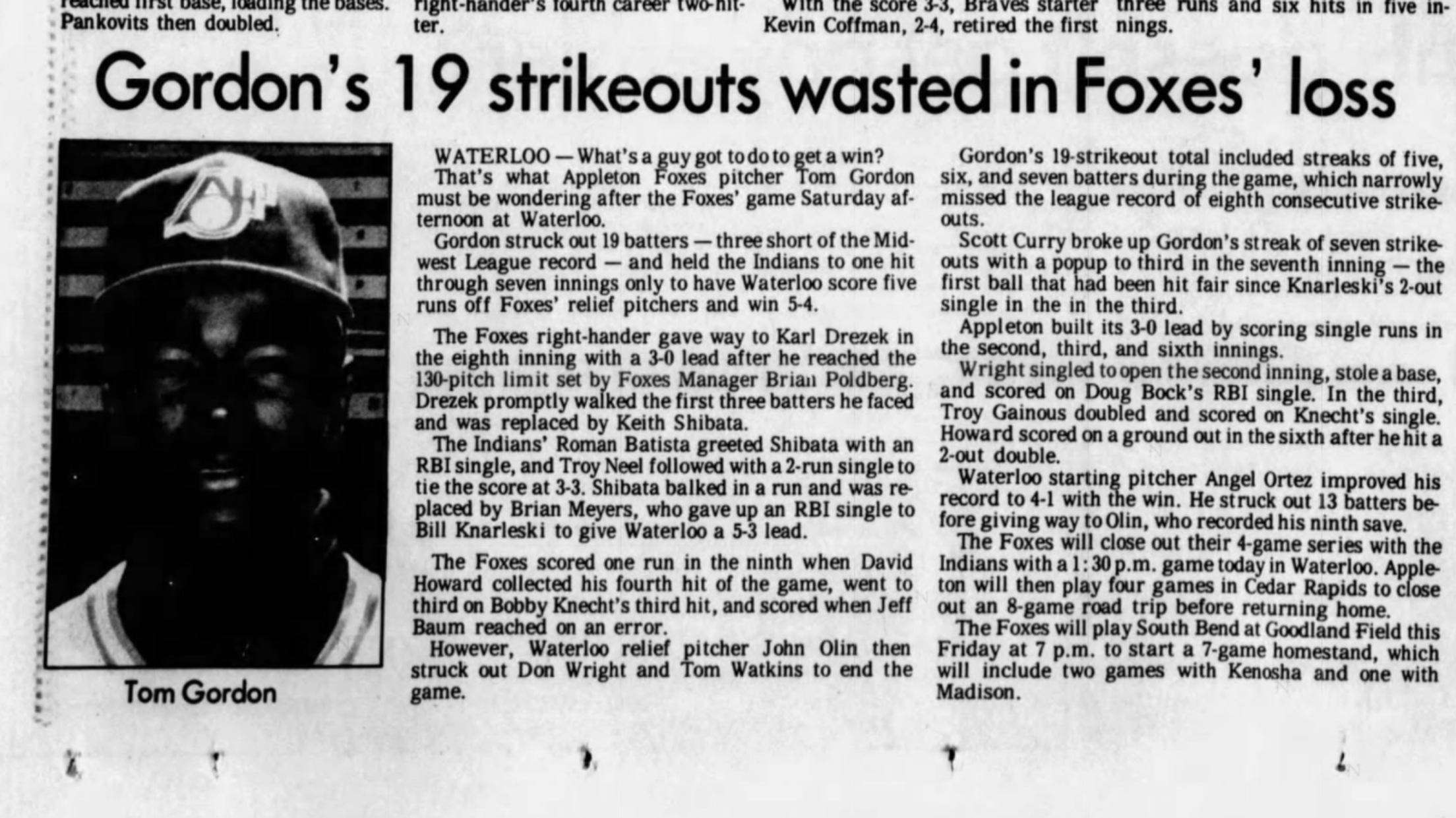
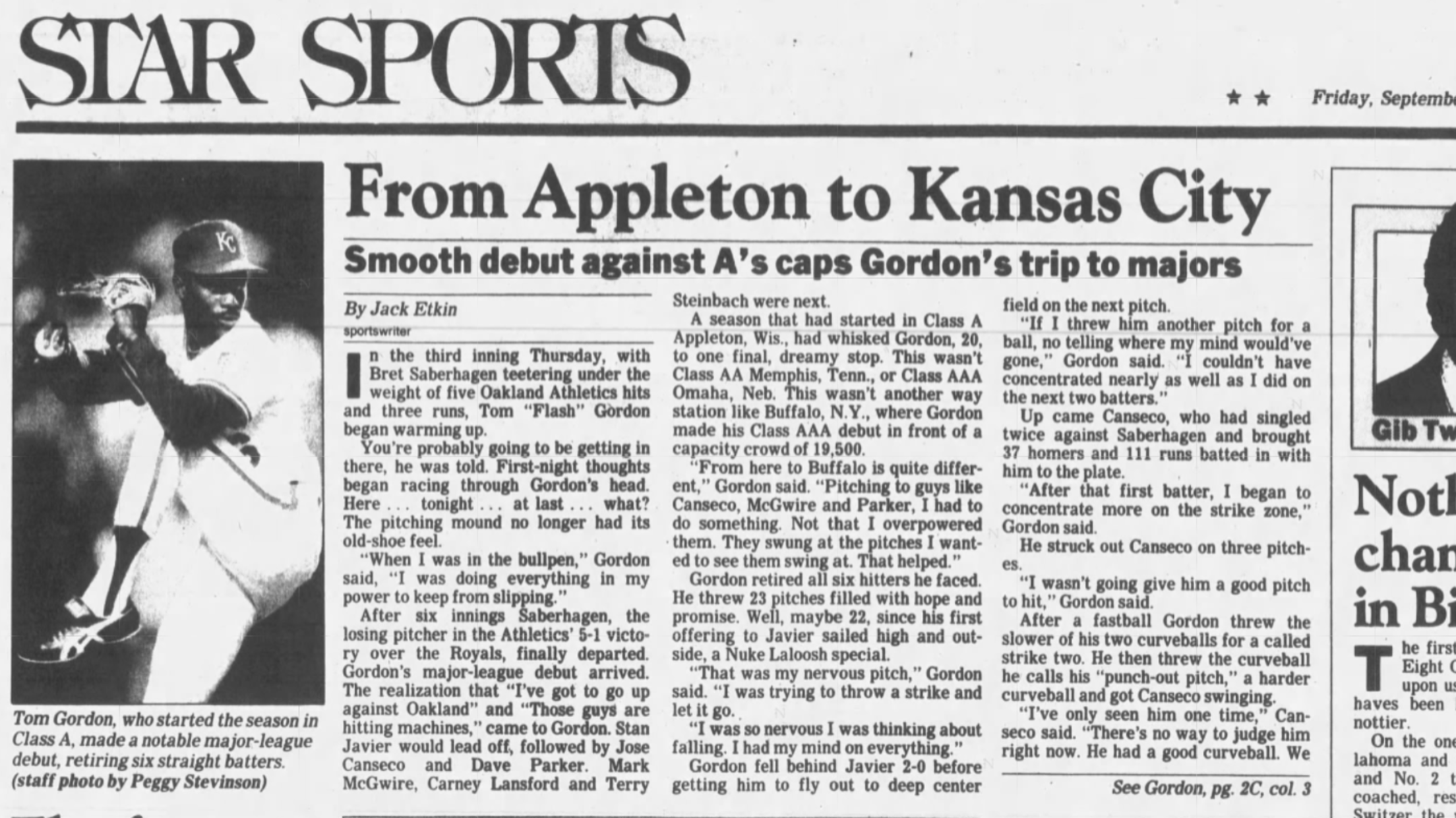
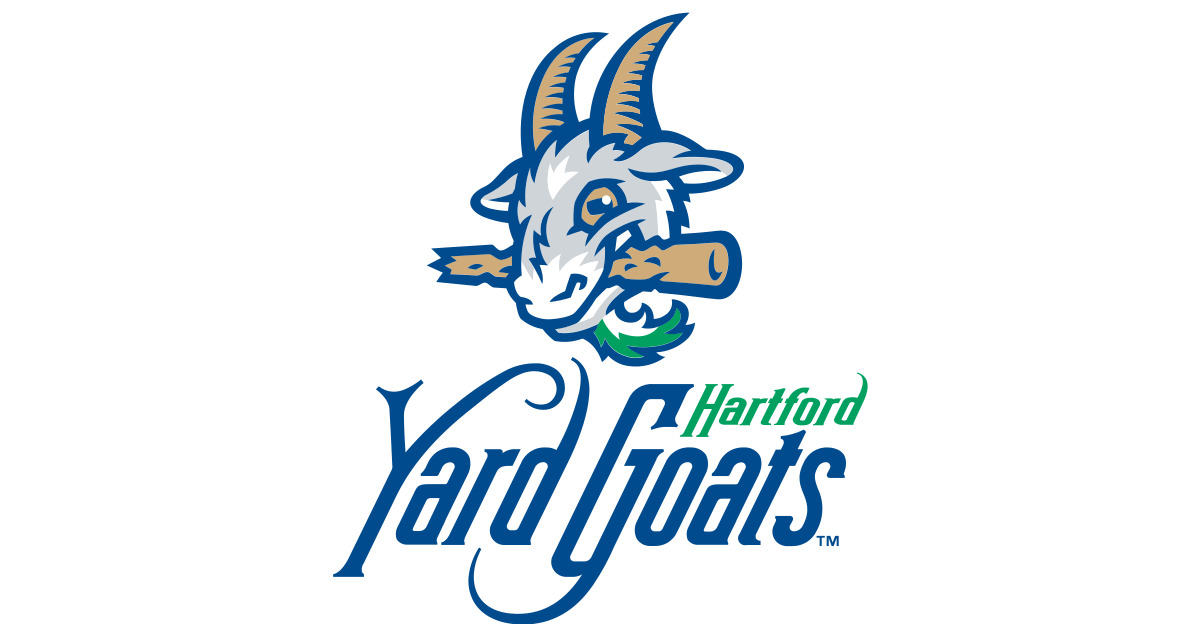
 In celebration of Black History Month, throughout February, teams across Minor League Baseball are taking a look back at five of the best Black players to suit up for their club.
In celebration of Black History Month, throughout February, teams across Minor League Baseball are taking a look back at five of the best Black players to suit up for their club.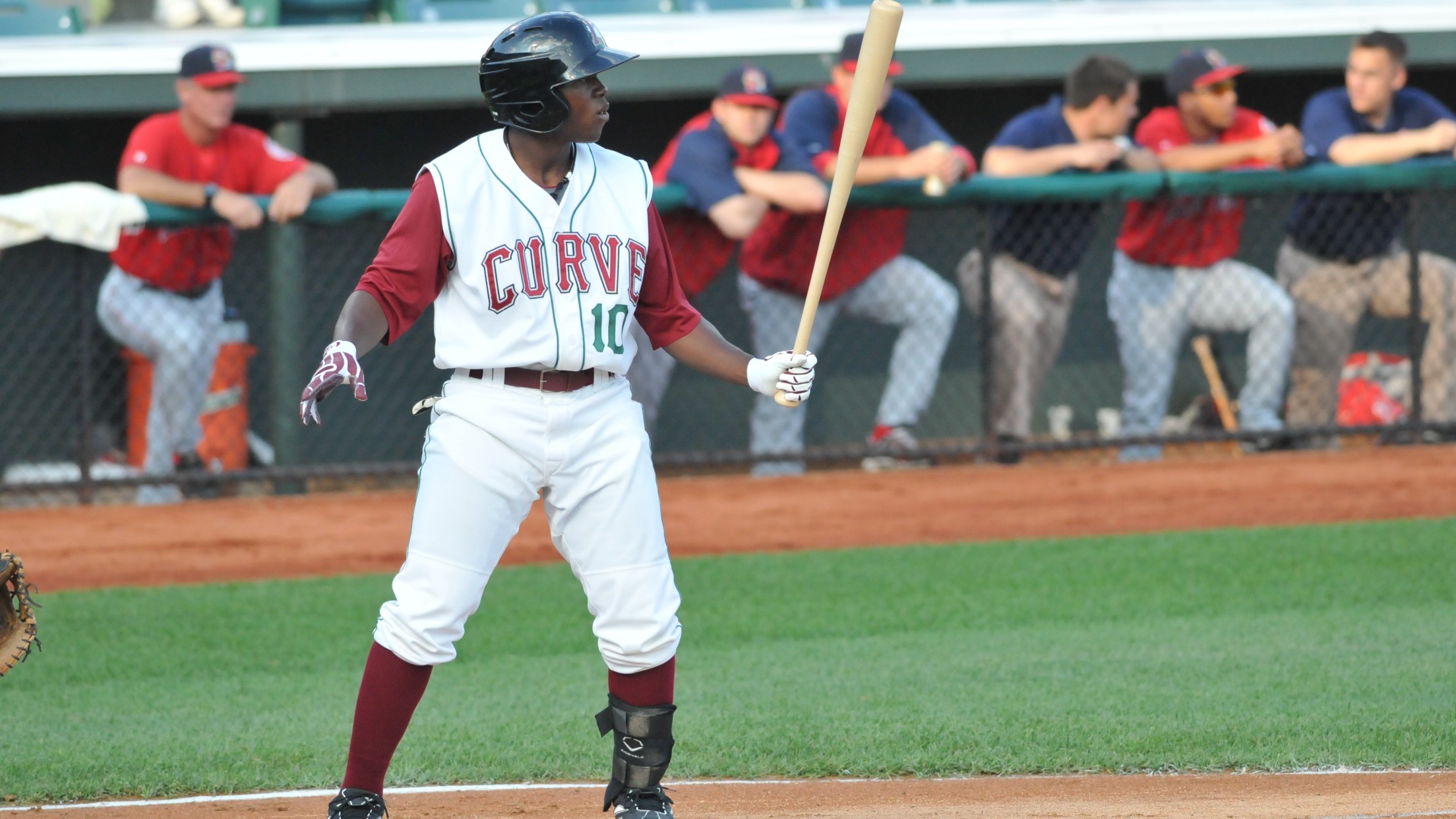
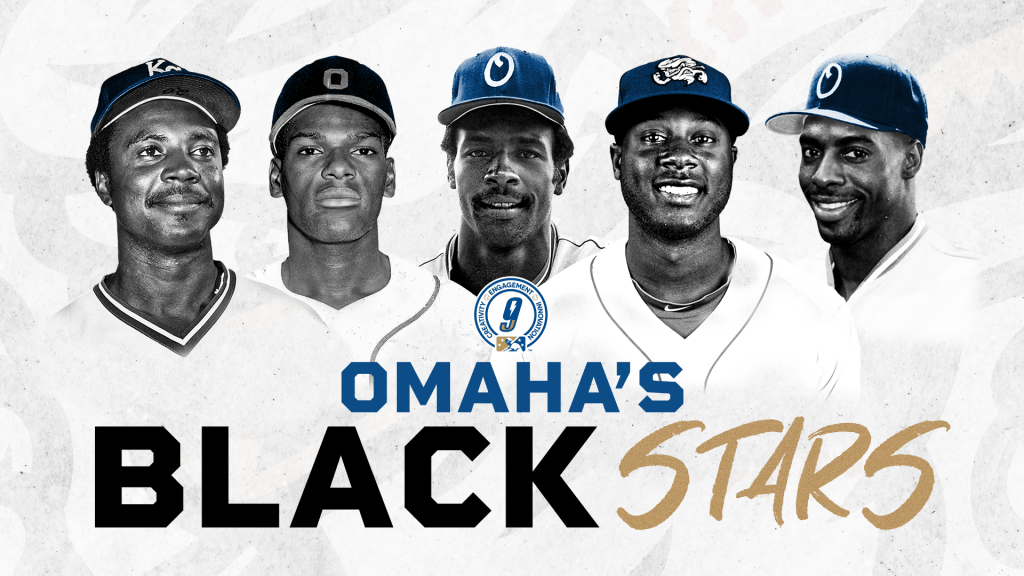
 As part of honoring Black History month and Minor League Baseball’s initiative, “The Nine,” a new, Black-community focused outreach platform specifically designed to honor and celebrate the historic impact numerous Black baseball pioneers made on the sport, provide new opportunities for youth baseball and softball participation, further diversify the business of baseball, and embrace millions of passionate fans throughout MiLB’s 120 communities nationwide, the Omaha Storm Chasers are highlighting five of the franchise’s and city’s top Black players.
As part of honoring Black History month and Minor League Baseball’s initiative, “The Nine,” a new, Black-community focused outreach platform specifically designed to honor and celebrate the historic impact numerous Black baseball pioneers made on the sport, provide new opportunities for youth baseball and softball participation, further diversify the business of baseball, and embrace millions of passionate fans throughout MiLB’s 120 communities nationwide, the Omaha Storm Chasers are highlighting five of the franchise’s and city’s top Black players.
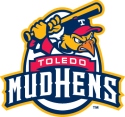 In celebration of Black History Month throughout February, teams across Minor League Baseball are taking a look back at five of the best Black players to suit up for their club.
In celebration of Black History Month throughout February, teams across Minor League Baseball are taking a look back at five of the best Black players to suit up for their club.
 In celebration of Black History Month, throughout February, teams across Minor League Baseball are taking a look back at five of the best Black players to suit up for their club.
In celebration of Black History Month, throughout February, teams across Minor League Baseball are taking a look back at five of the best Black players to suit up for their club.




 In celebration of Black History Month, throughout February, teams across Minor League Baseball are looking back at some of the best Black players to suit up for their club.
In celebration of Black History Month, throughout February, teams across Minor League Baseball are looking back at some of the best Black players to suit up for their club.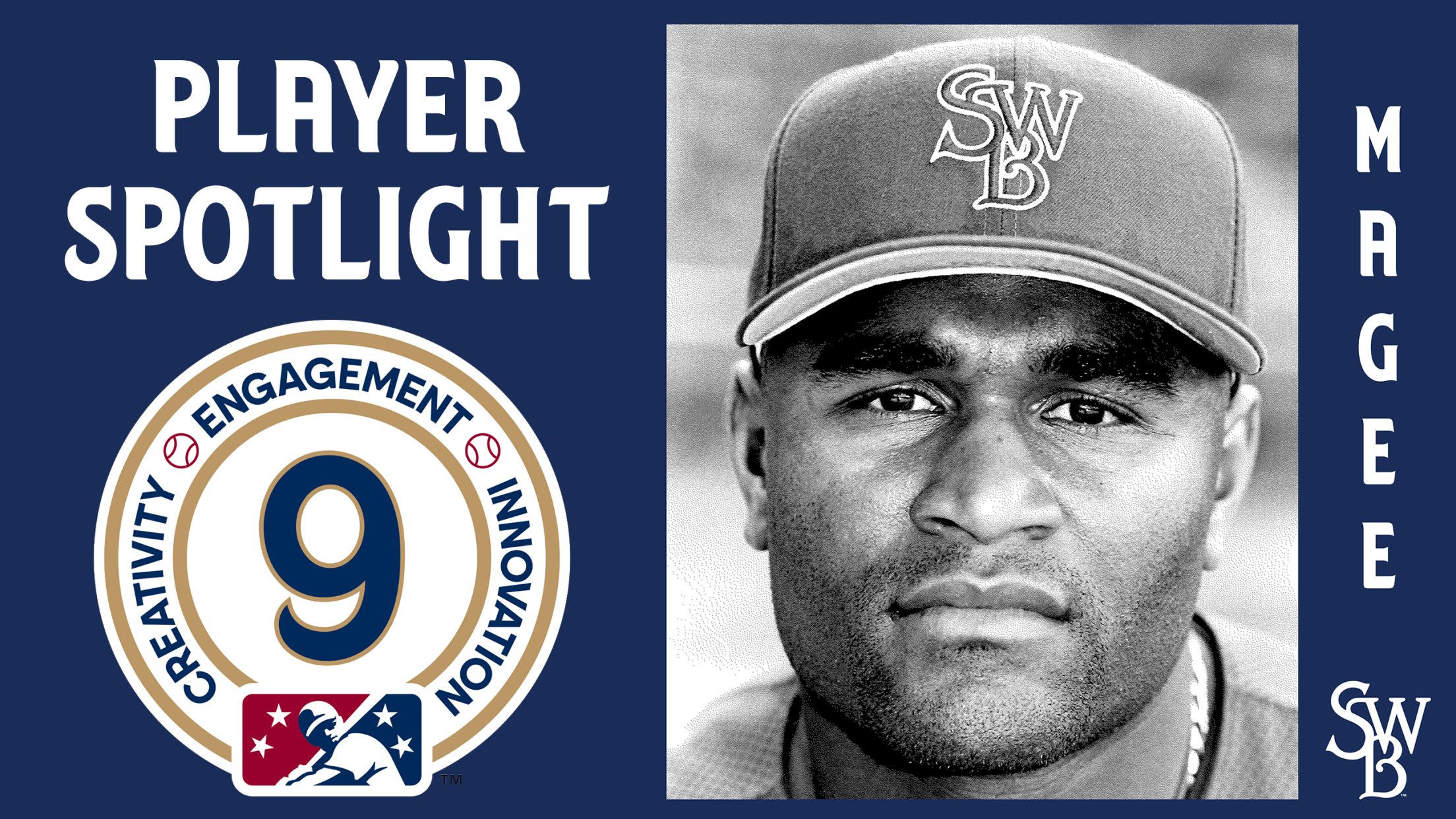
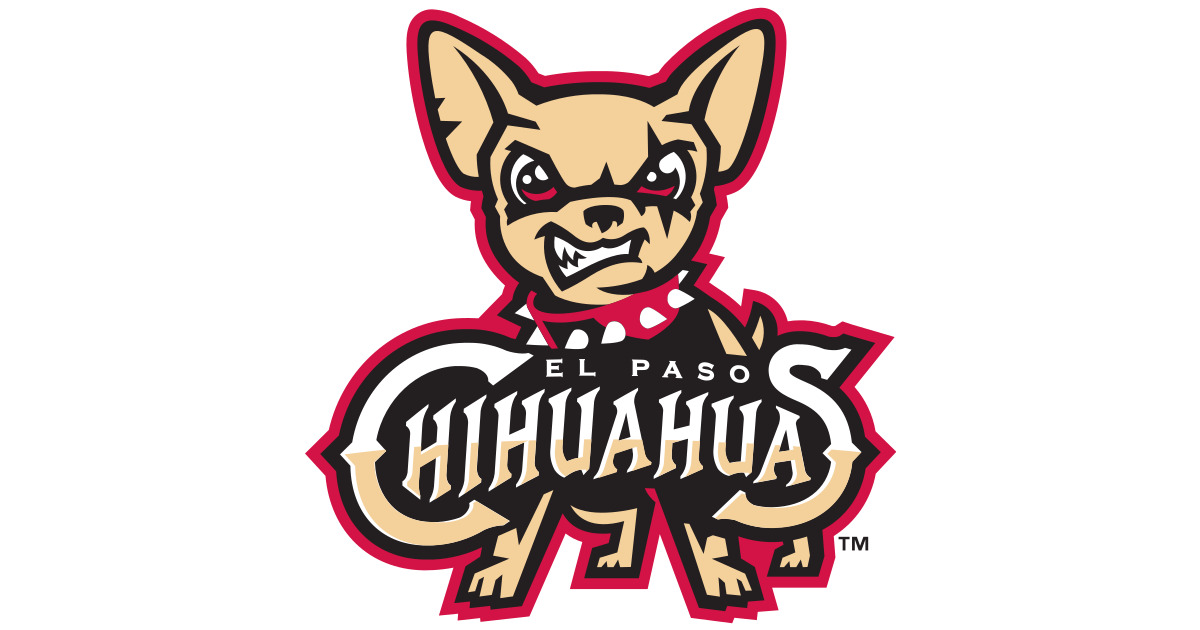

 Minor League Baseball has announced the launch of “The Nine,” a new, Black-community focused outreach platform specifically designed to honor and celebrate the historic impact numerous Black baseball pioneers made on the sport. It’s named for the number Jackie Robinson wore during his only season playing in MiLB with the Triple-A Montreal Royals in 1946. The Albuquerque Isotopes will look back at the rich history of Black ballplayers in the Duke City by highlighting the Top Nine over various eras.
Minor League Baseball has announced the launch of “The Nine,” a new, Black-community focused outreach platform specifically designed to honor and celebrate the historic impact numerous Black baseball pioneers made on the sport. It’s named for the number Jackie Robinson wore during his only season playing in MiLB with the Triple-A Montreal Royals in 1946. The Albuquerque Isotopes will look back at the rich history of Black ballplayers in the Duke City by highlighting the Top Nine over various eras.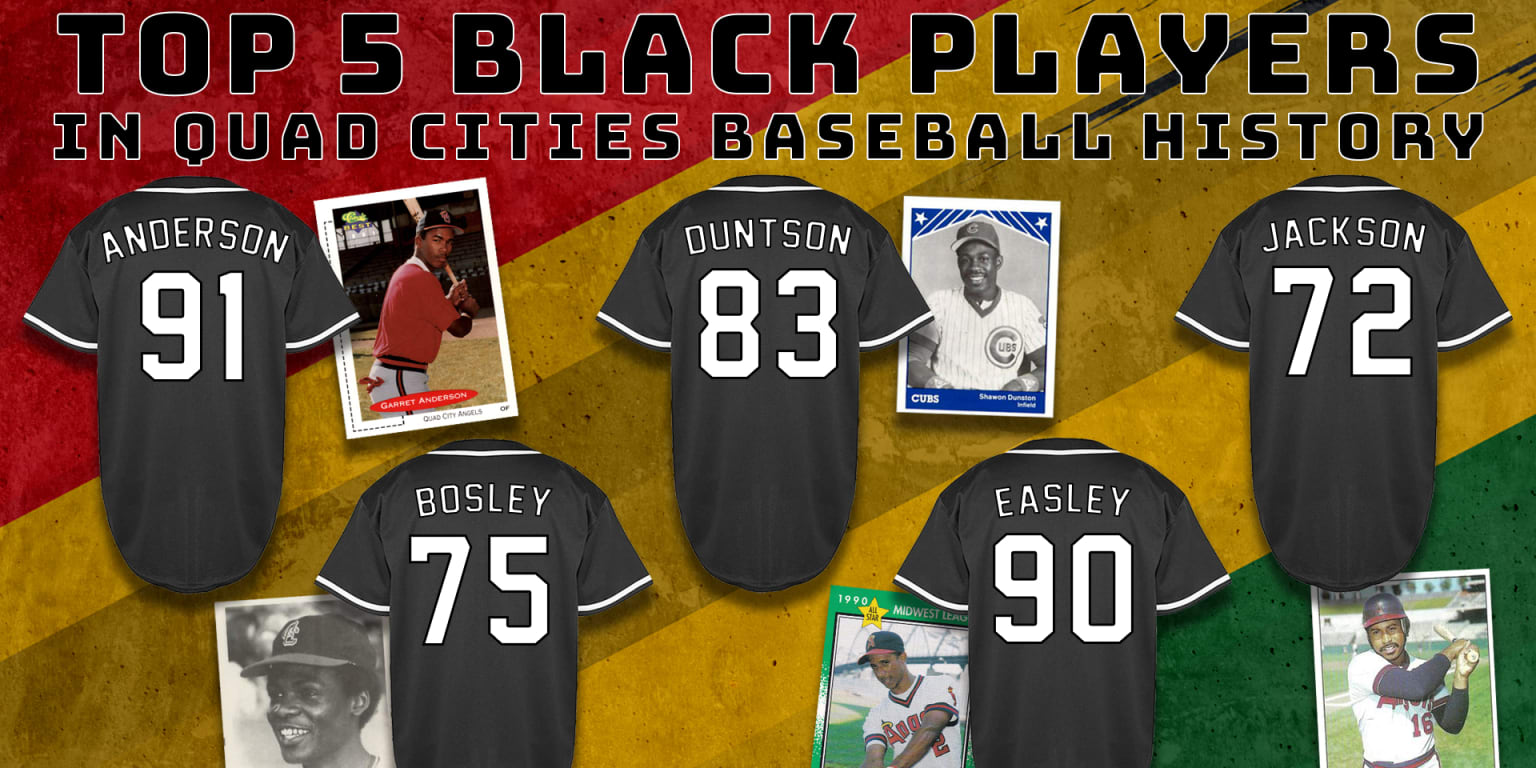
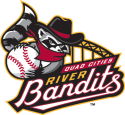 In celebration of Black History Month, throughout February, teams across Minor League Baseball are taking a look back at five of the best Black players to suit up for their club.
In celebration of Black History Month, throughout February, teams across Minor League Baseball are taking a look back at five of the best Black players to suit up for their club.